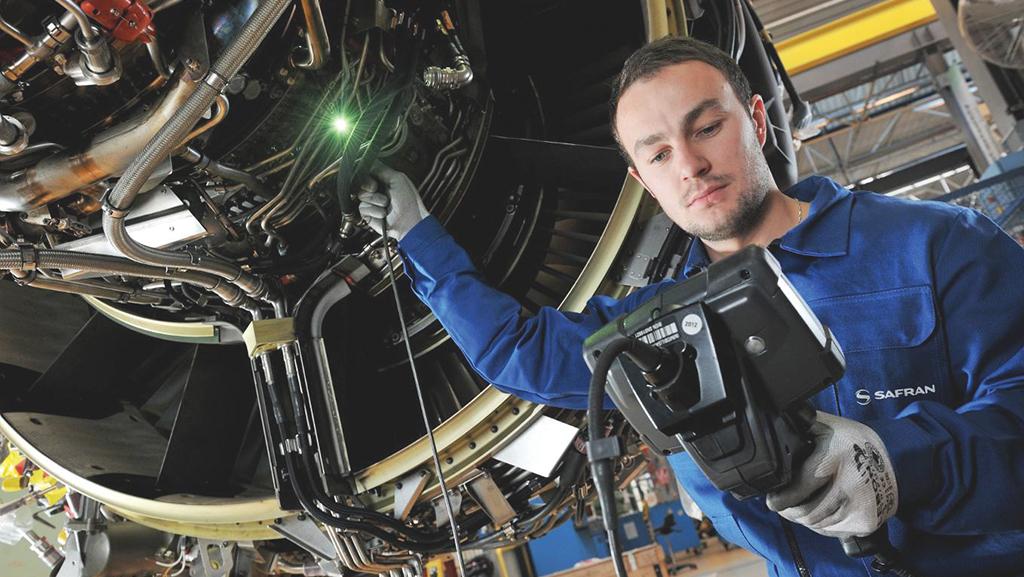Opinion: Focus On Outcomes To Evaluate Emerging Tech

“Newly formed or prominent”—the Merriam-Webster Dictionary definition of “emerging” provides the common pairings with adjectives such as “nations,” “artists,” “markets” and, of course, “technology.”
In aviation, “newly formed” ideas and technologies emerge for a long time. From additive manufacturing and unmanned aircraft systems to remote connectivity and supersonic transport—which was “emerging” when my father graduated from engineering school—years are spent groping around to explore the details while other industries use those same ideas and technologies much sooner.
Taking the time to study, review, pilot and implement regulatory and business regimes surrounding new technologies provides the feeling of enhanced safety. It seems prudent to slow down the pace of change for the sake of system management, but the result is becoming reactionary rather than proactive. Government agencies dither over how to accommodate new production methods or inspection procedures even when such accommodation is unnecessary.
The association has a long list of “emerging” technology-related frustrations. Our team has called out hand-wringing over 3D printing, use of virtual inspection technology and electronic recordkeeping. We have joked about agency struggles with online versions of previously in-person events and used pandemic-response demands to advance stalled efforts to align guidance with the rules.
From this regulatory focus comes optimism. Digging deeper into Webster’s definitions, “emerge” also gives us: “Come into being through evolution.” Perhaps the industry’s sluggish response is not evidence of obstinancy—perhaps it’s not entirely evidence of it—but instead the result of an ongoing use and refinement of resources. ARSA’s commitment to performance-based rules serves this long-term evolution.
A performance-based rule measures compliance based on outcomes rather than process alone. ARSA’s favorite example is in 14 CFR §43.13(b), which requires maintenance providers to return products or articles “at least equal to [their] original or properly altered condition” with regard to qualities affecting airworthiness. While the section does cover acceptability of methods, techniques and practices as well as tools, equipment and test apparatus, it does not proscribe or limit other methods or equipment out of hand.
A focus on outcomes affords the flexibility that moves “emerging” to “emerged.” Whether technicians collaborate in person or over a mobile device while reviewing print paperwork or scrolling a tablet, the standard of performance for their work is unaffected. Although we often get caught up in the details getting to “original or properly altered,” that’s a human factors failure, not a regulatory one.
ARSA will continue to press for performance-based rules and adhere to the basic principle that what’s not prohibited is allowed. In aviation, fools don’t rush in . . . they hide behind the purported limitations of the rules.
Brett Levanto is vice president of operations at Obadal, Filler, MacLeod & Klein, managing firm and client communications in conjunction with regulatory and legislative policy initiatives. He provides strategic and logistical support for the Aeronautical Repair Station Association.




